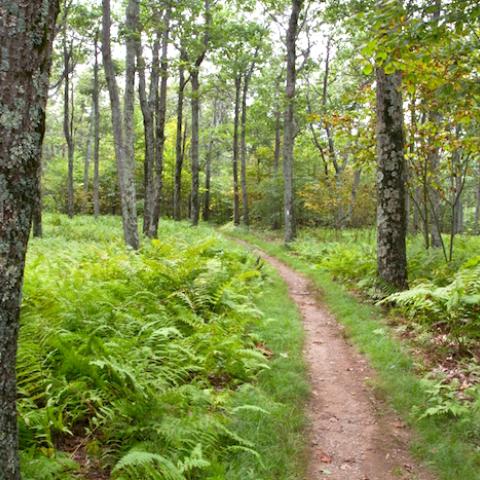The spine of the Appalachian Range runs north and south through the Mid- and South-Atlantic states, a rumpled stretch of mountains that long has provided a corridor for species. One uninvited species, the Hemlock Woolly Adelgid, arrived in 1951, and since then has attacked hemlock forests once commonplace in Shenandoah National Park, the Blue Ridge Parkway, and Great Smoky Mountains National Park. Since 1988 the National Park Service has been battling the tiny insect, and has met with varying success in those three parks. While much work remains to be done, there is optimism some of the hemlock stands will be saved. In the following stories, we take a look at the campaign.













